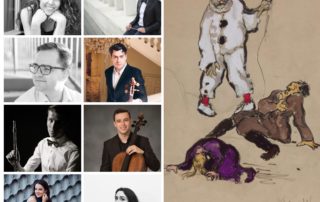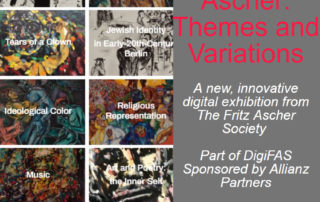FRITZ ASCHER SOCIETY Newsletter March 2022
Dear Friends, Join us TOMORROW for a ZOOM LECTURE in our monthly series "Flight or Fight. stories of artists under repression" about a recently re-discovered artist: Wednesday, March 2, 12:00pm EST: Jussuf Prince of Thebes – Re-constructing the life and work of a forgotten talent from Safed Featuring Dorothea Schöne, Berlin (Germany) ZOOM EVENT REGISTRATION Jussuf Abbo, Head of a Black Man, ca. 1939, plaster, painted, H: 28 cm. Estate of Jussuf Abbo, Brighton/UK, photo: Gunter Lepkowski Born in Safed, in the province of Beirut of the Ottoman Empire, the sculptor Joseph M. Abbo (1888–1953) – who later renamed himself Jussuf Abbo – came to Berlin in 1911 and began studying at the Royal Academy of [...]














